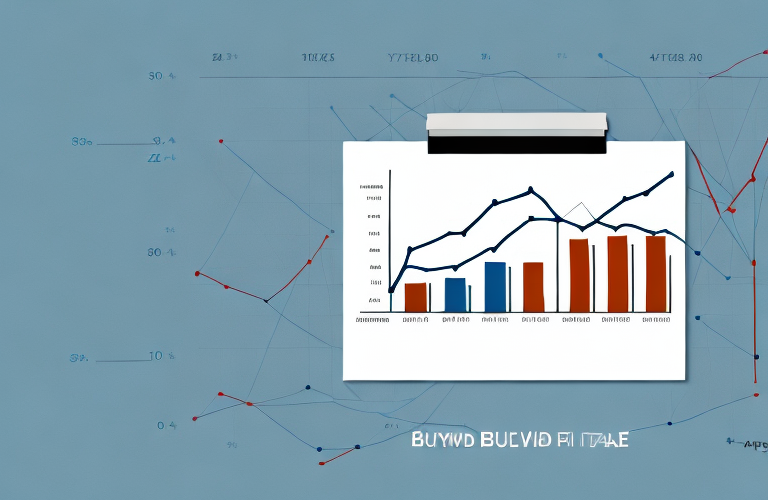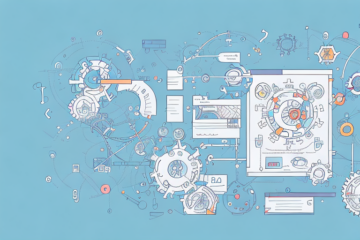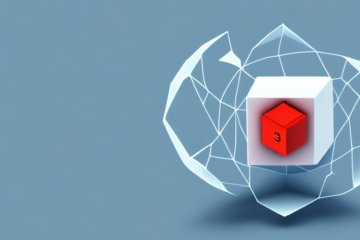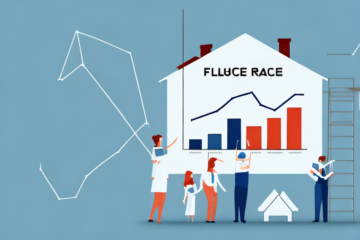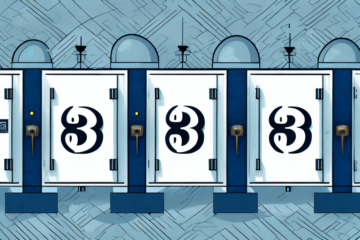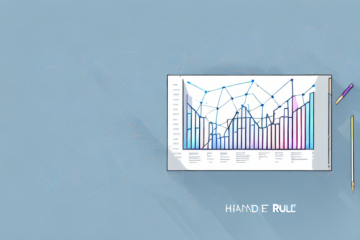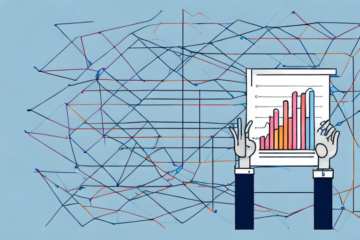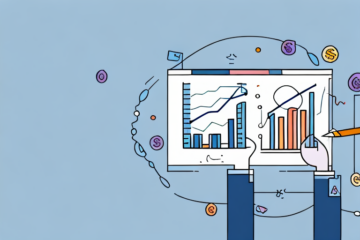Understanding the 3-2-1 Buydown Mortgage: A Guide to Finance Terms
A buydown mortgage is a type of financing that allows homebuyers to pay a lower interest rate for a predetermined time period. In a 3-2-1 buydown mortgage, the interest rate is reduced by 3% in the first year, 2% in the second year, and 1% in the third year. This article will provide you with a comprehensive guide to finance terms related to 3-2-1 buydown mortgages.
What is a 3-2-1 Buydown Mortgage and How Does It Work?
A 3-2-1 buydown mortgage is a type of mortgage that provides an initial interest rate reduction for the first few years of the loan. This means that the borrower will pay lower monthly payments in the initial years, after which the interest rate will gradually increase. The concept of a buydown mortgage is to allow homebuyers to afford a more expensive home by paying lower initial payments and gradually increasing their payment ability over time.
The Advantages of a 3-2-1 Buydown Mortgage for Homebuyers
One of the main advantages of a 3-2-1 buydown mortgage is that the borrower can pay lower mortgage payments in the initial years, allowing them to save money or allocate funds towards other necessary expenses. Additionally, buydown mortgages can be beneficial for those who anticipate future earnings increases, as they can pay a higher interest rate after the initial years are up.
Another advantage of a 3-2-1 buydown mortgage is that it can make it easier for borrowers to qualify for a loan. By reducing the initial mortgage payments, the borrower’s debt-to-income ratio is lower, which can make them a more attractive candidate for a loan. This can be especially helpful for first-time homebuyers who may not have a large down payment or a long credit history.
Furthermore, a 3-2-1 buydown mortgage can provide stability for borrowers who are concerned about fluctuating interest rates. With a buydown mortgage, the interest rate is fixed for the first few years, providing predictability and peace of mind for the borrower. This can be particularly important for those who are on a tight budget or have other financial obligations to consider.
How to Qualify for a 3-2-1 Buydown Mortgage
Qualifying for a 3-2-1 buydown mortgage is similar to qualifying for a traditional mortgage. Homebuyers will need to demonstrate their ability to make timely payments and meet creditworthiness criteria. Additionally, borrowers will need to meet income and debt-to-income ratio requirements set by the lender.
One key difference between a 3-2-1 buydown mortgage and a traditional mortgage is the initial interest rate. With a 3-2-1 buydown mortgage, the interest rate is reduced by 3% in the first year, 2% in the second year, and 1% in the third year. This can make the initial payments more affordable for homebuyers who may be stretching their budget to purchase a home.
Another factor to consider when qualifying for a 3-2-1 buydown mortgage is the length of the buydown period. Typically, the buydown period lasts for three years, after which the interest rate will adjust to the current market rate. Homebuyers should carefully consider their financial situation and future plans to ensure they can afford the mortgage payments once the buydown period ends.
The Difference Between a 3-2-1 Buydown Mortgage and Other Mortgage Types
One significant difference between 3-2-1 buydown mortgages and other mortgage types is the structure of the loan payments. While traditional mortgages involve monthly payments at a fixed interest rate, a buydown mortgage involves reduced initial payments that gradually increase over time. Additionally, buydown mortgages may offer lower payments in the initial years compared to adjustable-rate or interest-only mortgages.
Another difference between 3-2-1 buydown mortgages and other mortgage types is the source of the funds used to buy down the interest rate. With a 3-2-1 buydown mortgage, the borrower or the seller can contribute funds to buy down the interest rate. In contrast, other mortgage types may require the borrower to pay a higher interest rate or pay points to reduce the interest rate.
It is important to note that 3-2-1 buydown mortgages may not be the best option for all borrowers. Borrowers who plan to stay in their home for a short period may not benefit from the reduced initial payments, as the payments will increase over time. Additionally, borrowers who have a stable income and can afford the higher payments in later years may be better off with a traditional mortgage with a fixed interest rate.
The Risks and Pitfalls of a 3-2-1 Buydown Mortgage
One potential risk of a 3-2-1 buydown mortgage is that the interest rate may increase significantly after the initial years, leading to higher monthly payments. Additionally, if the homeowner’s income does not increase as anticipated, they may struggle to pay the increased payments. Another potential pitfall is that the reduced payments in the initial years may cause the borrower to take on a larger mortgage than they can afford in the long term.
Another risk of a 3-2-1 buydown mortgage is that the borrower may not fully understand the terms and conditions of the loan. This can lead to confusion and unexpected costs, such as prepayment penalties or fees for refinancing. It is important for borrowers to carefully review all documentation and ask questions before agreeing to a 3-2-1 buydown mortgage.
How to Calculate the Costs of a 3-2-1 Buydown Mortgage
The costs of a 3-2-1 buydown mortgage are determined by various factors, including the size of the loan, the duration of the initial payment period, and the interest rate. Homebuyers can use mortgage calculators or consult with a lender to determine the costs of a 3-2-1 buydown mortgage.
Another factor that can affect the costs of a 3-2-1 buydown mortgage is the credit score of the borrower. Borrowers with higher credit scores may be able to secure lower interest rates, which can result in lower costs over the life of the loan. On the other hand, borrowers with lower credit scores may face higher interest rates, which can increase the costs of the buydown mortgage.
It’s also important to note that the costs of a 3-2-1 buydown mortgage can vary depending on the lender. Homebuyers should shop around and compare offers from different lenders to find the best deal. Additionally, some lenders may offer incentives or discounts for certain types of borrowers, such as first-time homebuyers or veterans.
Understanding the Terms and Conditions of a 3-2-1 Buydown Mortgage
Homebuyers should carefully review the terms and conditions of a 3-2-1 buydown mortgage before signing the loan agreement. It is important to understand factors such as the duration of the reduced payment period, the interest rate increase after the initial years, and any penalties for early repayment or missed payments.
Another important factor to consider when taking out a 3-2-1 buydown mortgage is the financial stability of the borrower. This type of mortgage may be beneficial for those who expect their income to increase in the future, but it can also be risky for those who may not be able to afford the higher payments once the reduced payment period ends.
Additionally, it is important to note that not all lenders offer 3-2-1 buydown mortgages. Homebuyers should research and compare different lenders to find the best option for their financial situation and goals.
Tips for Finding the Best Lenders for a 3-2-1 Buydown Mortgage
When searching for a lender for a 3-2-1 buydown mortgage, it is important to research the reputation and track record of the lender. Additionally, borrowers should compare interest rates, fees, and other costs between multiple lenders before making a final decision. It is also important to ensure that the lender is transparent about the terms and conditions of the loan agreement and is willing to answer any questions or concerns.
Overall, a 3-2-1 buydown mortgage can be an attractive option for homebuyers who are looking to purchase a more expensive home while managing their initial costs. However, it is important for borrowers to understand the risks, potential pitfalls, and costs associated with this type of financing. By carefully researching and comparing lenders, borrowers can find a 3-2-1 buydown mortgage that suits their needs and financial situation.
Another important factor to consider when choosing a lender for a 3-2-1 buydown mortgage is their level of customer service. Borrowers should look for a lender who is responsive and easy to communicate with, as this can make the loan process smoother and less stressful. It may be helpful to read reviews or ask for recommendations from friends or family members who have gone through the home buying process.
Finally, borrowers should also consider the long-term implications of a 3-2-1 buydown mortgage. While it can be a great way to save money in the short term, borrowers should make sure they can afford the higher payments once the buydown period ends. It may be helpful to work with a financial advisor to determine if this type of financing is the best option for their overall financial goals and situation.

